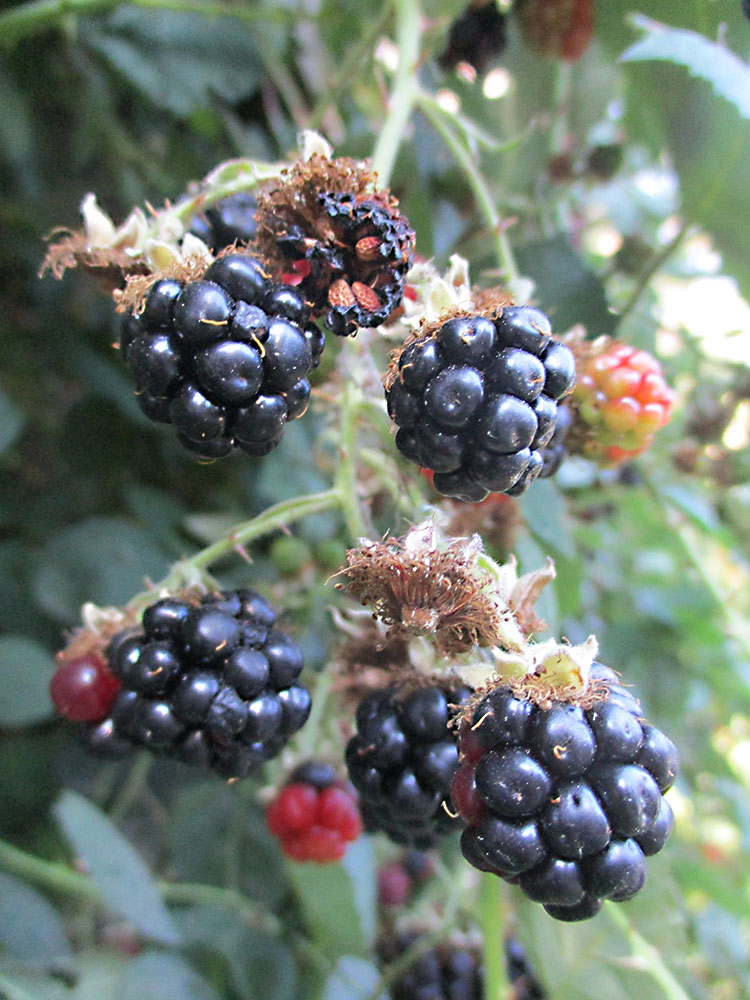By Tony Tomeo
Every palm tree in local landscapes is exotic. Simply put, all palms are originally from somewhere else. The desert fan palm, the only palm that is native to California, came from isolated colonies in desert regions many miles away. In fact, most plants in common landscapes are exotic. Landscapes composed of Californian plants likely include some plants from other regions of California.
With few exceptions, exotic plants are not a problem. However, some of those few exceptions have become very serious problems. Himalayan blackberry, blue gum, silver wattle, pampas grass, giant reed and broom are some of the more notorious examples. They naturalized to become prolific and aggressively invasive weeds. Some are more common than natives in many situations.
Naturalized exotic plants such as these are problems for local ecosystems, even if they do not affect refined landscapes. They compete with native plant species for limited resources, space and pollinators. A lack of pathogens from their homelands can be a distinct advantage. They alter the lifestyles of some of the native fauna. Some enhance the combustibility of the forests they inhabit.
The justifications for importing exotic species are as varied as the species themselves are. It might have been for lumber, forage, fruit or vegetable production. Giant reed might have arrived here as packing material for cargo from southern Asia. Nonetheless, most naturalized exotic species, including the most aggressively invasive, came here simply for home gardening and landscaping.
Realistically, of all the countless exotic species that came here during the past few centuries, very few naturalized. Fewer are now aggressively invasive. Some with potential to naturalize may not have yet been able to escape the urban situations they inhabit. The problem now is there are so many more exotic species readily available from all over the world than ever before!
Online marketing facilitates procurement of exotic and potentially invasive plant species from other regions, with minimal regard to regulation of such commodities.
•••
Highlight: Broom
Shortly after silver wattle finishes blooming up high, any of four species of broom begin blooming down low. Brooms and silver wattle often naturalize together. All bloom with the same delightfully brilliant yellow.
The four brooms are French broom — Cytisus monspessulana, Scotch broom — Cytisus scoparius, Portuguese broom — Cytisus striatus and Spanish broom — Spartium junceum.
Sadly, none are desirable species. All are exotic weeds. They are only a topic for gardening because they are so aggressively invasive. Not only do they overwhelm and displace native species, but they also enhance soil nitrogen to promote the growth of other exotic weeds! They are unpalatable to deer, and are not bothered by insects or disease. Furthermore, brooms are combustible!
It is best to enjoy their cheery bloom from a distance, where they grow wild where they really should not. The various species tend to dominate distinct regions, with some degree of mingling. Big specimens can get eight feet tall, but do not live long as they are replaced by herds of seedlings. French broom is the only evergreen species; but any can defoliate in response to hot dry weather.
•••
Horticulturist Tony Tomeo can be contacted at tonytomeo.com.
